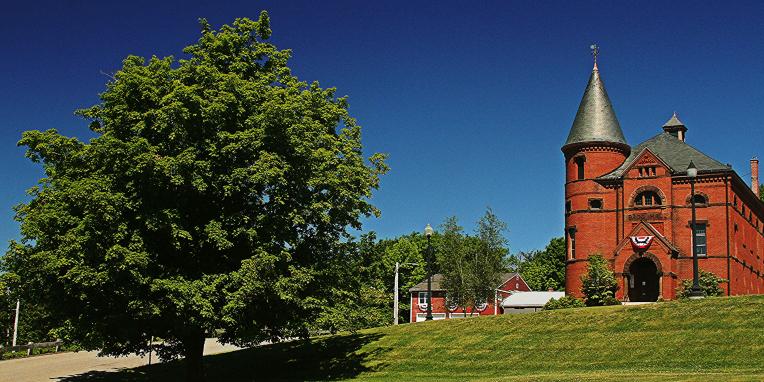History
"A Brief History of Princeton"
by G.H. Beaman
Incorporated in 1759, Princeton was named after the Reverend Thomas Prince, Pastor of the Old South Church in Boston, and one of the first proprietors of the Town.
"Hide and Seek Town", as Princeton was called by Helen Hunt Jackson, the novelist, in 1876, has an uncommonly interesting past for a small town, and both old-timers and new residents are justifiably proud of its heritage.
In 1675, long before the town was settled, Mary Rowlandson of Lancaster was ransomed upon our "Redemption Rock" from the Indian chief King Philip after eleven harrowing weeks in captivity.
During the Revolution, Princeton supported its own company of Minute Men, many of whom are forebears of residents today. After the war, the Town was one of the hotbeds of dissension that caused Shays Rebellion in 1786.
Although its population increased five-fold in the 18th century (in 1795 Worcester had only twice as many inhabitants), Princeton's greatest period was in the 1800s.
Many famous names are associated with 19th century Princeton. Edward Savage, the painter, renowned for his portraits of Washington and his family was born here and is buried here. J.G. Whittier visited friends here and immortalized Mount Wachusett in a poem. Earlier, in 1842, Thoreau and a friend walked from Concord to Mt. Wachusett, where he was stirred to write of the mountain, " who like me/standest alone without society."
Shortly after the separation of church and state in Massachusetts, our present Congregational Church and third meeting House was erected (1838). After the construction of the Library (1883) and the Town Hall, the Church was moved from the head of the Common to its present site. A beautiful old crystal chandelier lights the interior, and a Paul Revere bell rings out from the steeple, which beckons from miles away. Communion cups, also made by the patriot silversmith of Boston, were presented to the Church in 1796 by Moses Gill, who married Reverend Prince's daughter and was later Acting Governor of Massachusetts. During the late 1800s and early 1900s, eight trains a day came and went, bringing hundreds of summer visitors and residents to our many hotels and boarding houses. During the "season" many of the famous signed hotel registers - Louisa May Alcott, Sarah Bernhardt, Lydia Pinkham, the Harpers of Harper's Magazine, and Thomas Edison.
With the arrival of the automobile, vacation habits changed. After 1900, small industries such as hat-making, lumbering, and chair-making gradually disappeared. Agriculture, once prominent in the economy - Boston's Parker House once featured "Blueberries from Princeton" on its menu - declined. The hotels closed and many burned, and Princeton became again a quiet country village.
Economic and demographic growth after World War II have brought changes to the Town. Princeton today is in the most part residential. Population has been rising, from 1028 in 1950 to 1355 in 1960, and 1681 in 1970.
GHB
Note: Princeton was Established in the year 1759, and Incorporated in 1771.
Princeton's population has grown to 3531 as of January 1, 2019


